592 rezultāti atrasti
Skip results of view Ziņas
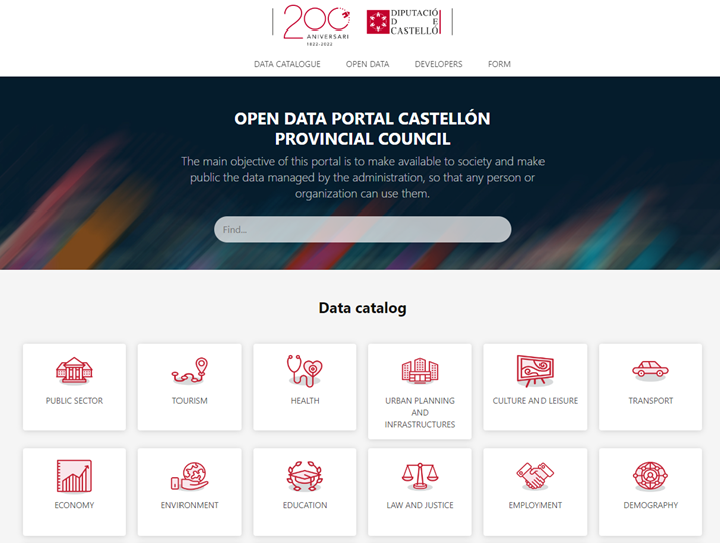
In June 2022, the Provincial Council of Castellón updated their open data portal . The update consists of several new features and datasets. Firstly, the most significant update to the portal consists of a completely new design for the webisite’s cover. The open data portal team has opted to offer a more visually intuitive redesign of the home page that supports users’ orientation in the portal. This includes highlighting specific sections, including data stories, specific datasets, and dashboards or visualisations. Secondly, the update consists of additional data that aims to address
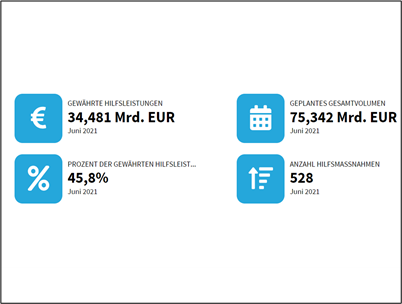
On 8 April 2022, the Austrian Court of Auditors (Rechnungshof Österreich) published its report ‘COVID-19 – Structure and scope of financial assistance measures: data update’. The report corresponds to a preliminary report published in June 2021 and offers a systematic overview of the structure and scope of the financial aid measures of the federal and state governments to address the COVID-19 pandemic. Alongside this report, selected data have been published under an open license . The open dataset includes implemented and planned aid measures for all quarters between March 2020 and June 2021

The number of legal tech start-ups – organisations that specialise in the legal and technology field – are rising in France. These start-ups are aiming to reform the old practices of legal professionals by offering legal documents on a digital platform and by effectively automating the process and services of companies. One method they are using to achieve this is by exploiting the potential of open data. Since 2020, more legal data is being published under an open license, where before 2020 data such as those published by the French National Register of Commerce and Companies was accessible
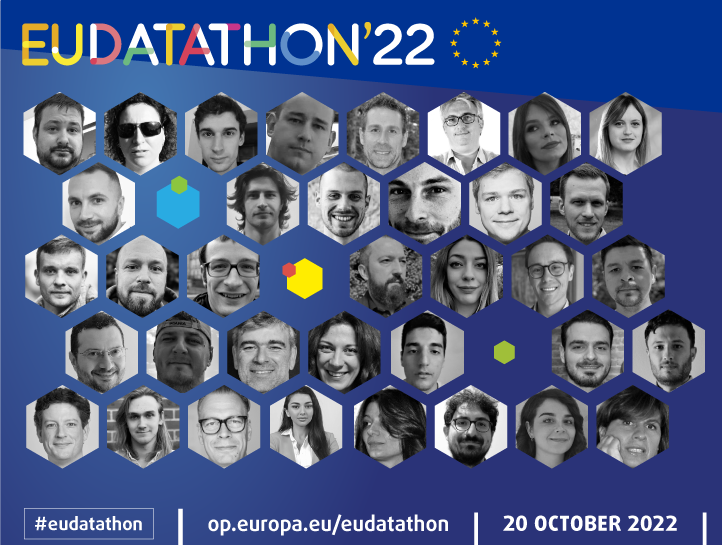
Empowering young people on the job market, reducing greenhouse emissions, bringing European cultural heritage closer to citizens, these are some of the ambitions put forward by the teams selected to continue on to the finale of this year’s EU Datathon, the EU’s open data competition. EU Datathon 2022 was launched in February, inviting all data enthusiasts worldwide to propose ideas for applications using open data from data.europa.eu. Those interested were invited to propose applications addressing one of four important societal challenges facing us today. We were pleased to receive a record
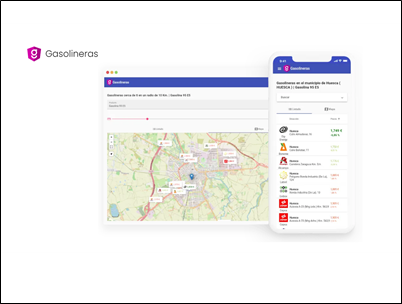
Open data can be used in various types of services to enable citizens to make informed decisions. One example of a service that exploits open data for this purpose is Gasolineras, a free Spanish application that was created as a response to the rapid increase in fuel prices in the spring of 2022. The application’s primary function is to show real time information about the price of fuel at any gas station across Spain and to enable users to make informed decisions about where they purchase their fuel. Fuel prices and service station data are obtained in real time through the REST service of
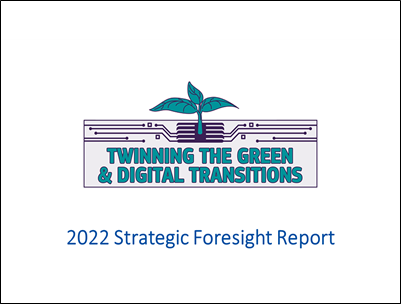
On 29 June, the European Commission (EC) published their 2022 Strategic Foresight Report . In this report, the EC highlights how the world is undergoing geopolitical shifts that are reinforcing megatrends already affecting Europe. Such geopolitical trends include long term impacts on energy availability and prices, food security, economic stability, security, and defence. These trends will affect Europe’s path towards achieving a fair green and digital transition across Europe – a top priority in the EU’s political agenda. Thus, the 2022 Strategic Foresight Report, ‘Twinning the Green &
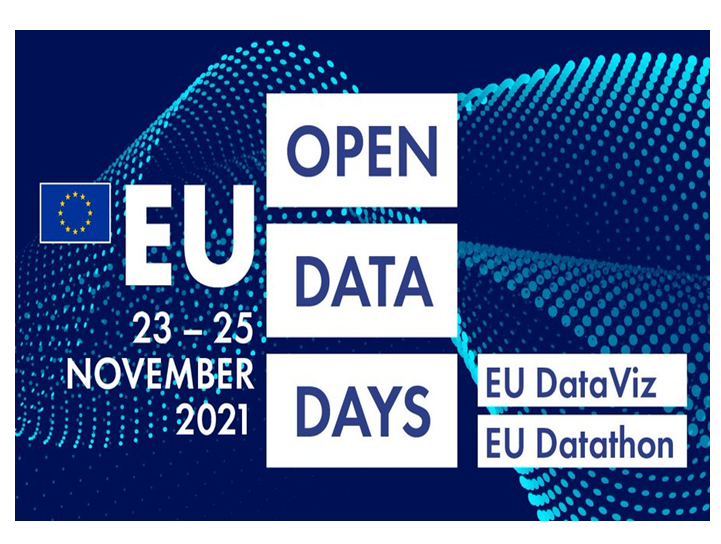
Last November, the Publications Office of the European Union organised the first ever EU Open Data Days . Over three days (23-25 November 2021), the event showed the benefits of open data to more than 2300 registered EU public sector representatives, citizens and businesses, under the main motto: ‘ shape our future with open data’. Over 70 speakers from all over the world took the floor in six thematic sessions . Each of these sessions provided an overview of innovative techniques and best practices used in both the private and the public sectors, offering the participants valuable insights
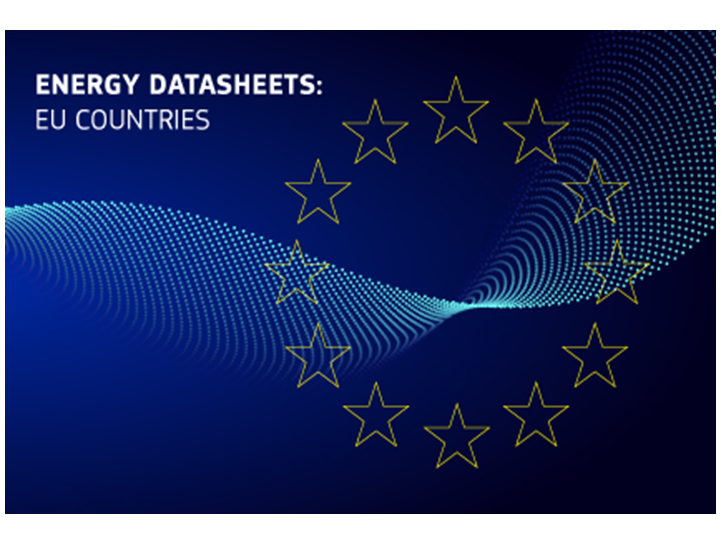
On 7 June, the energy statistical country datasheets have been updated for the second and last time this year. These figures, which cover all EU member states, are reviewed bi-annually by the European Commission to present the state of energy balances, electricity and heat generation, main energy indicators, cogeneration, transport fuels and greenhouse gases emissions in Europe. The format allows to compare long-term time-series on energy statistics across EU countries. In fact, besides the general overview on the EU 27, energy statistics are reported for each Member State from 1990 until

On 21 and 22 June 2022, the EU Digital Assembly took place in Toulouse and online. The assembly is an event organised every year by the European Commission and the holder of the Presidency of the Council of the European Union to gather the European digital ecosystem and discuss important tech-related issues. During this year’s Digital Assembly, France – which held the presidency from January until end of June – and the European Commission focused on the concept of EU sovereignty and autonomy in the digital sphere. On 21 June, four topics were touched upon in two distinct workshops and two
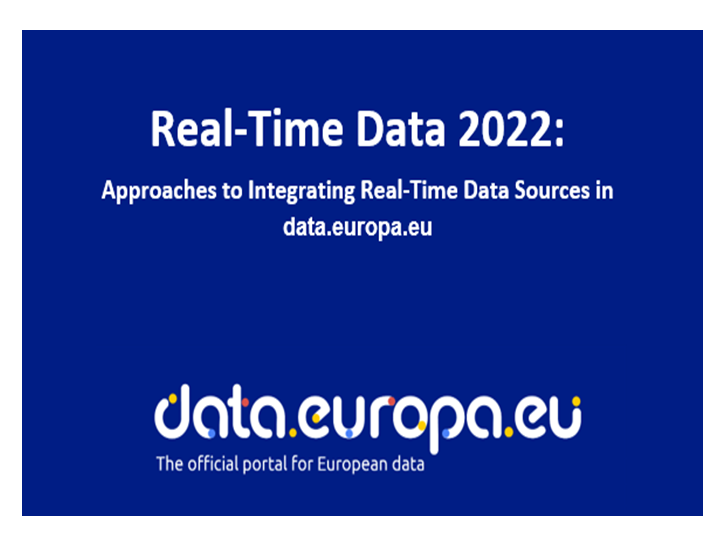
Real-time data includes all data providing up-to-date information about the environment surrounding individuals, such as traffic, weather, environmental pollution, or natural hazards. This type of data is therefore essential for providing citizens with detailed information on public transportation, live updates on traffic jams and available parking lots, as well as many other practical insights that can make daily life easier. Not surprisingly, the European Directive on open data and the re-use of public sector information puts specific emphasis on opening up real-time data, and data.europa.eu
